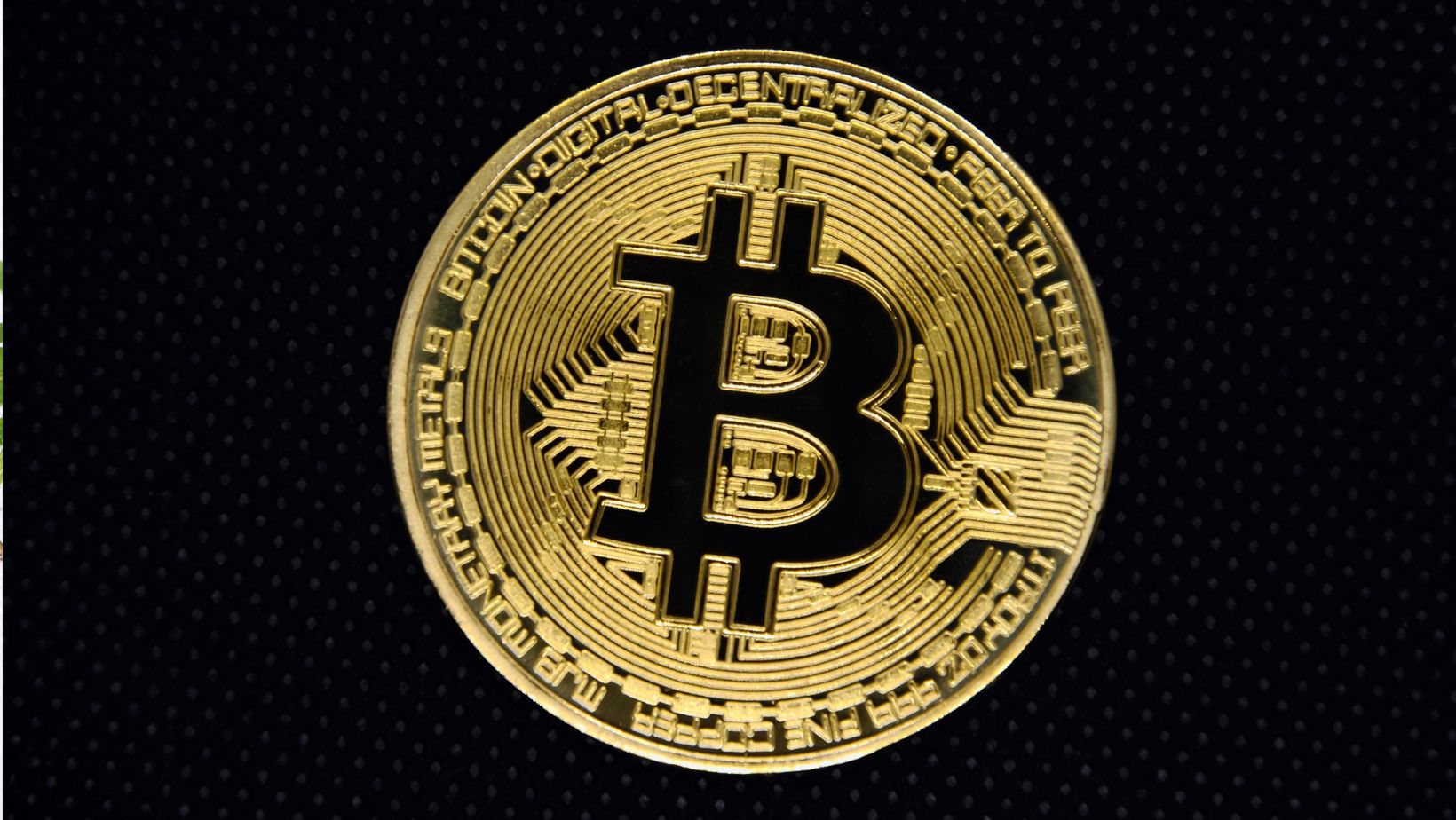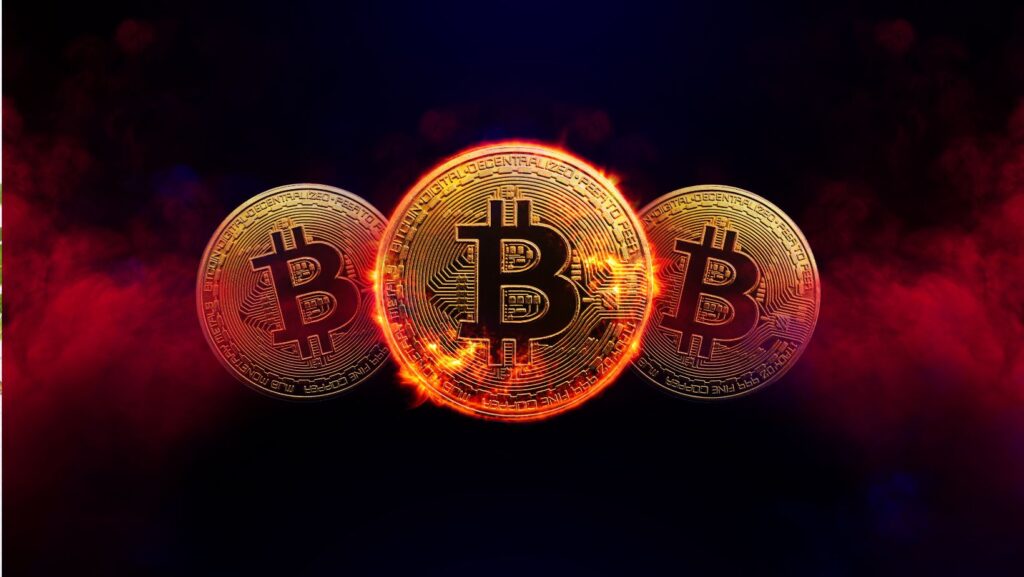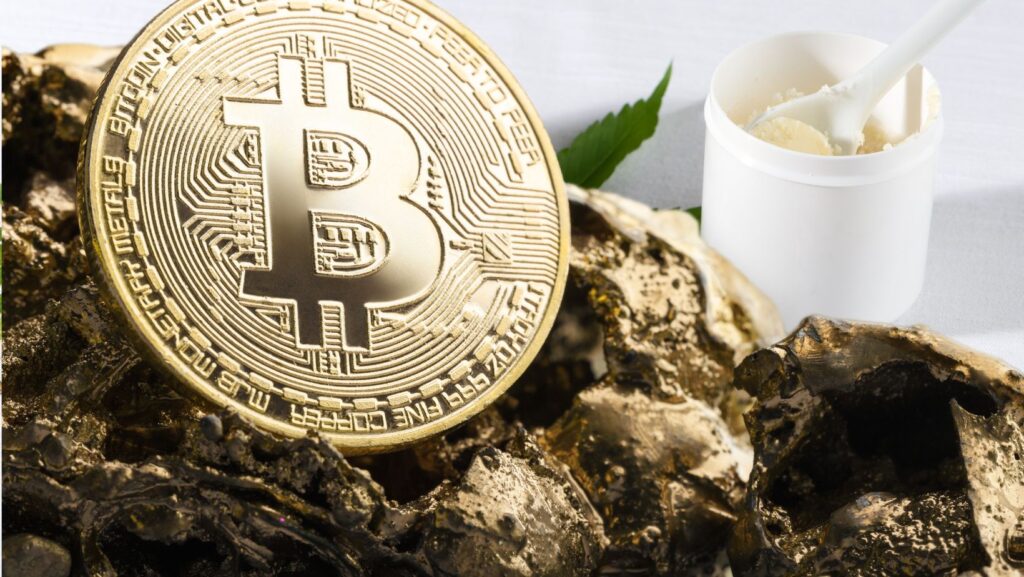
Issues caused by slippage are widespread in the field of decentralized finance (DeFi), but are usually looked over. Trade dissemination occurs when the execution price is not the same as the price shown on your computer system. Trading tokens with limited liquidity or when the market is very volatile can really harm your profits. Traders using DEXs must be aware of how slippage affects their trades and how to try to lower its effects.
As the number of users in DeFi increases, many are now choosing DEXs for their crypto transactions. While these platforms are convenient since they remove intermediaries, they introduce a new risk called slippage. With DEXs, automated market makers (AMMs) are used instead of order books as found in centralized exchanges. Understanding how to handle these elements is important to save you from pointless losses.

Learning How Slippage occurs
Slippage is the term used when the liquidity available does not allow for a large trade to happen at the price expected. When a user wants to fill a large order in a decentralized environment, this usually happens. The bigger the order, the more likely it is to move the price before it is fulfilled. This applies most to less famous tokens or pairs since their daily trading volume is normally low.
A further factor behind slippage is when the market is unstable. Decentralized exchanges keep prices changing, so the price a trade takes place at could change during the time it takes for it to be confirmed on the blockchain. The delay caused by crowded networks or choosing which gas fee to pay is part of the reason for slippage. You should learn these principles before you do a lot of DeFi trading.
Using Slippage Tolerance Settings
A majority of decentralized exchanges enable users to select how much price slippage they can accept. Any shift in price farther than the threshold during trading will result in the trade being cancelled. Boosting your value for acceptance can lead to your trade going through, but you might end up with a worse deal. If the limit is set too low, customers may lose money with each failed transaction, especially when markets become more volatile.

For the best results, users ought to set the slippage according to the tokens, when they trade and the current market. Most experienced traders suggest you start with a little bit such as 0.5% or 1% and make adjustments later on. Taking time to watch the market can help, because sudden changes might indicate higher slippage.
How to Find the Finest Moments to Make Trades
Reducing slippage depends greatly on good timing. High market activity or higher gas costs tend to result in even larger delays and bigger slippage problems. Occasionally, you’ll find that trading is quieter early in the morning or on the weekend—this may depend on when you are located. When you avoid the busiest times, you have a higher chance of your trade being done around the price you wanted.
Watching recent trends in the market is useful and helps you avoid trading during sudden movements. Sometimes, fast price changes mean liquidity providers are not able to keep pool ratios in line right away, leading to minor imbalances. Trading during these times can mean that your actual price is different from your expected price. If you keep an eye on the market when it’s calm, you can reduce the risk of losing your money.
Checking Out Lesser-Known Tools
There are big differences between various DEXs. Some do this by splitting big orders in different pools or chains to help you find the most beneficial price. When you use DEX aggregators, they will find the most efficient path for your trade and help avoid slippage. They check prices from several exchanges and select the one that will cost you least.
In some cases, skilled users turn to limit orders which are available on many exchanges, including decentralized ones. While big Bitcoin ATM networks and mainstream exchanges often handle them, some DeFi programs also support transfers to wallets. With a limit order, you pick your desired price, so price differences won’t affect your order, but the trade may take longer to be complete.
A Final Look at Trading Tips
It’s not always possible to avoid slippage, but you can manage it properly with a suitable approach. People involved in trading should take care to notice why slippage occurs and look for ways to contain it. You have to modify your settings, make use of smart tools and watch for signs that the market is changing. Small increased returns over time result in a better performing DeFi portfolio.
As more people adopt decentralized finance, it’s important to know about its subtle parts. When trading with modern DEXs or just taking out funds at a Bitcoin atm, knowing about and finding ways to prevent slippage can put you ahead. If you plan your trades, you can trade more safely and securely in the fast-changing crypto market.







